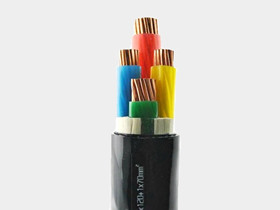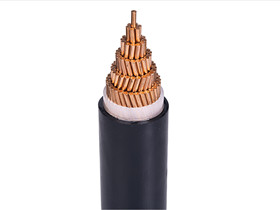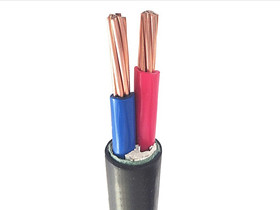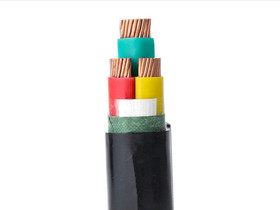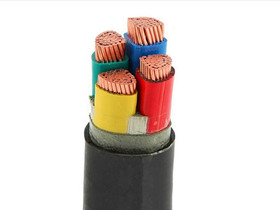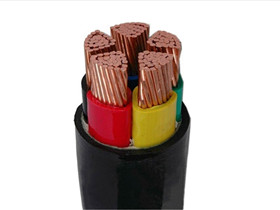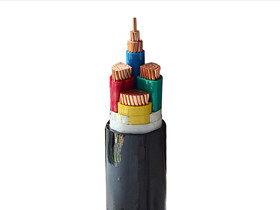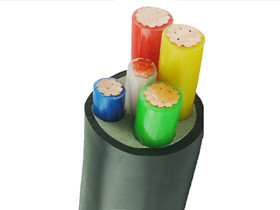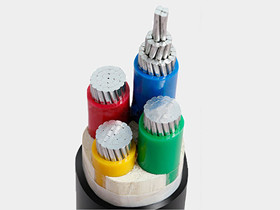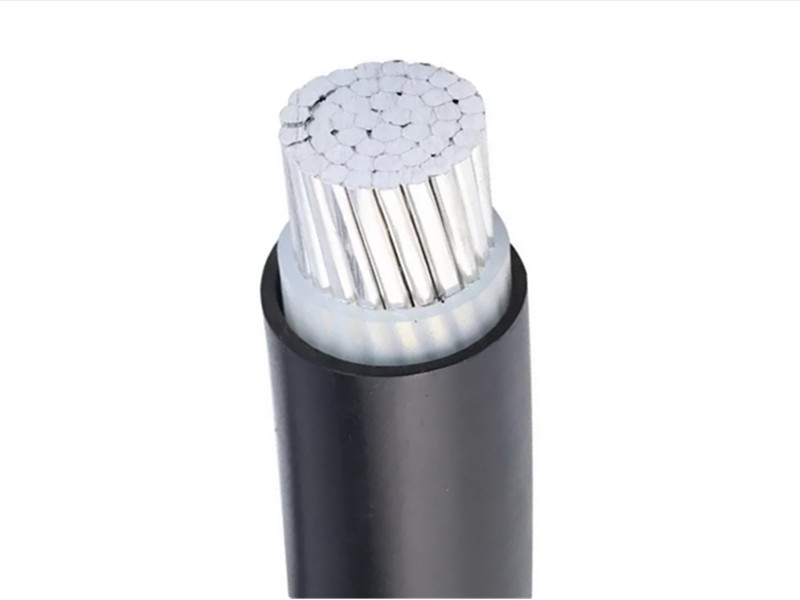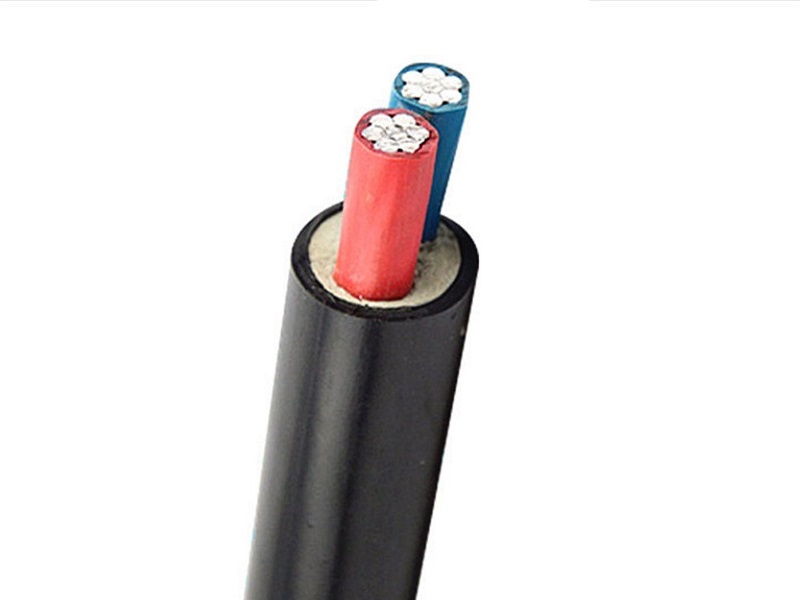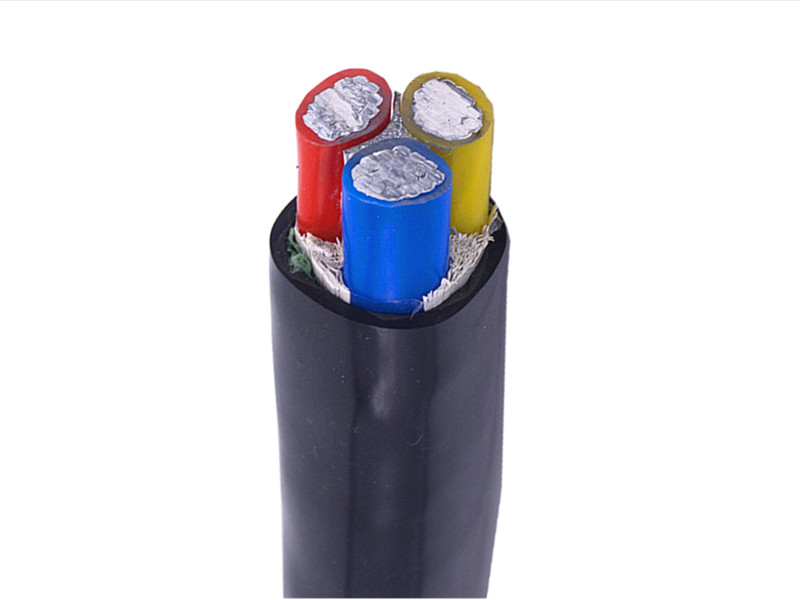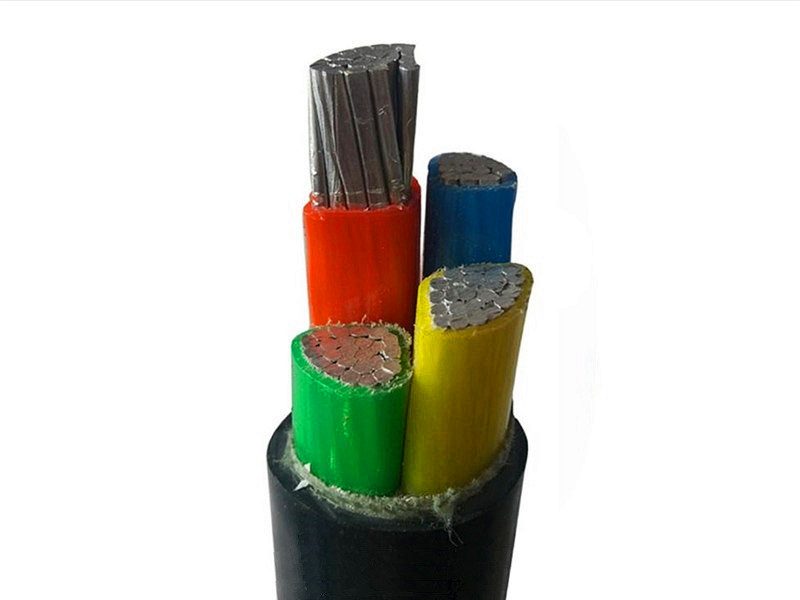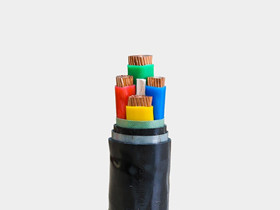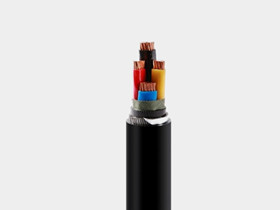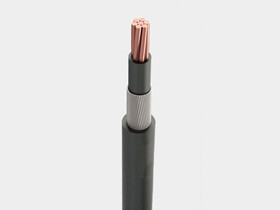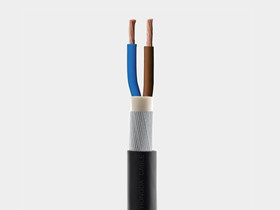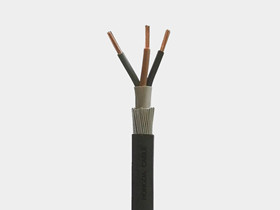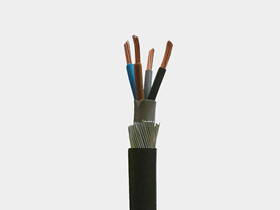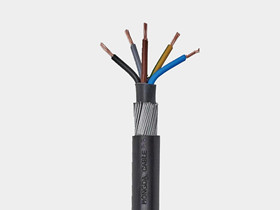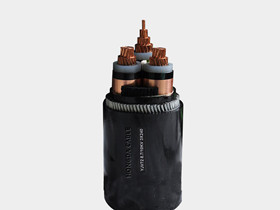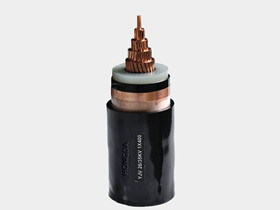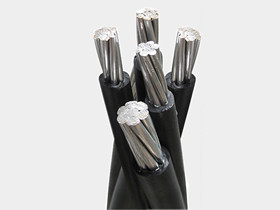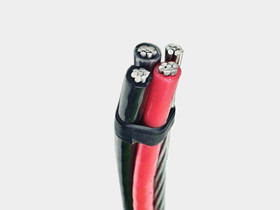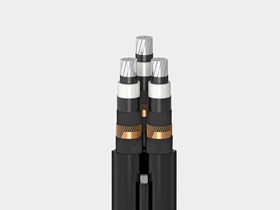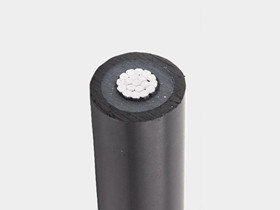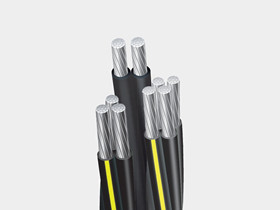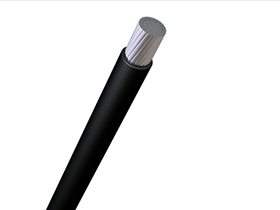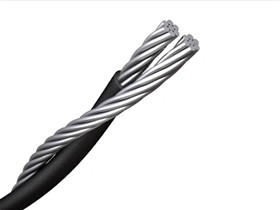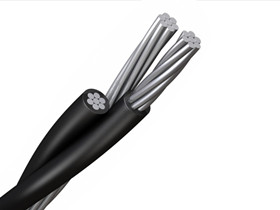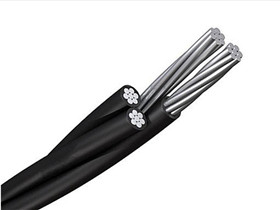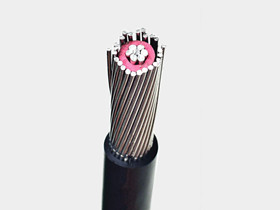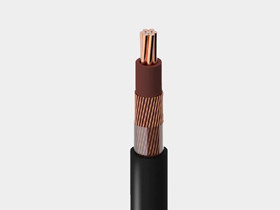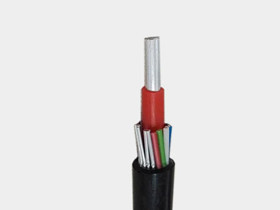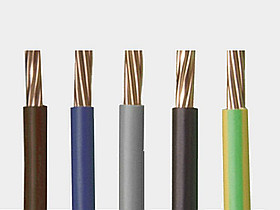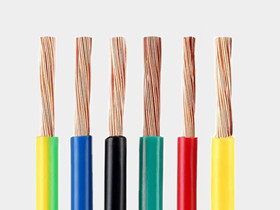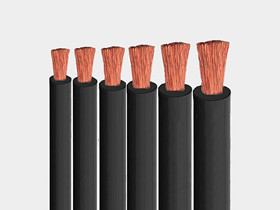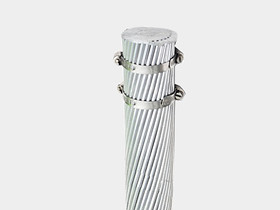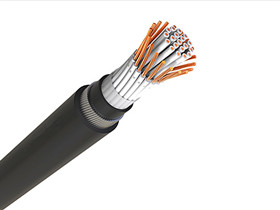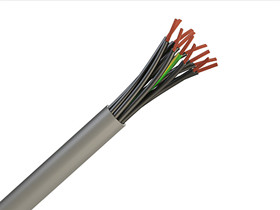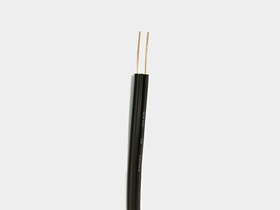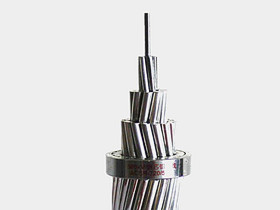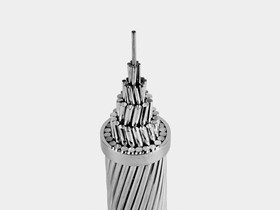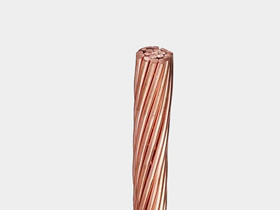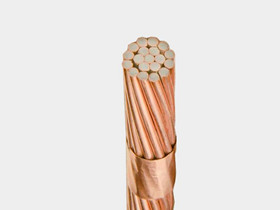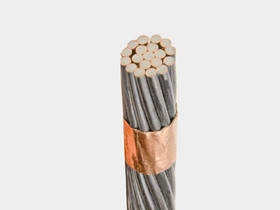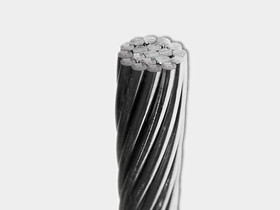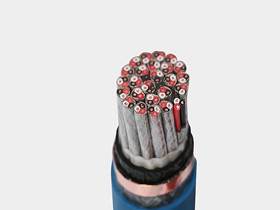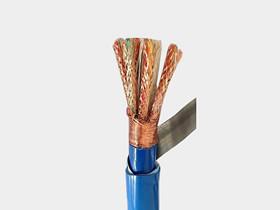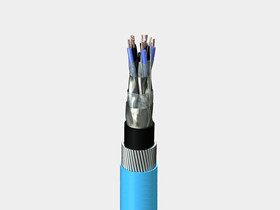What is the difference between wire and cable
What is a cable
Type of wire and cable
Classification of household wires: Home decoration wires are mainly divided into two types: strong wires and weak wires. Strong wires are divided into lighting wires, ordinary socket wires, air conditioning socket wires, and other types. According to the material of strong wires, they can be divided into hard wires and soft wires. Weak wires are generally used to transmit signals, including network cables, telephone cables, television cables, monitoring cables, and other types.
Classification of power cables: There are many types of power cables, with common ones being power cables (used in the power industry), communication cables (used in the communication industry), electrical equipment cables (used in the petrochemical industry), bare wires (used in the construction industry), winding wires (used in engineering machinery), etc.
The difference between wire and cable
Different structures: Both wires and cables are composed of one or more conductors, insulation layer, and sheath layer, but the size of the cable is larger and the structure is more complex. Therefore, the simple structure is called "wire"; A complex structure is called a "cable".
Different diameters: those with smaller diameters are called "wires"; The larger diameter is called a "cable".
Wire and cable purchase
Living room wiring: generally 8 lines, including power lines, lighting lines, air-conditioning lines, TV lines, telephone lines, computer lines, doorbell lines, and alarm lines.
Kitchen wiring: generally two lines, including power lines and lighting lines.
Restaurant wiring: Generally, there are 3 lines, including power lines, lighting lines, and air-conditioning lines.
Bathroom wiring: generally 3 lines, power lines, lighting lines, telephone lines.
Study room wiring: generally 7 lines, including power lines, lighting lines, TV lines, telephone lines, computer lines, air-conditioning lines, and alarm lines.
Corridor aisle wiring: generally 2 lines, including power lines and lighting lines.
Balcony wiring: generally 2 lines, including power lines and lighting lines.
Different diameters: those with smaller diameters are called "wires"; The larger diameter is called a "cable".
Wire and cable purchase
How many wires are needed for home improvement circuits
Bedroom wiring: generally 7 lines, including power lines, lighting lines, air-conditioning lines, TV feeders, telephone lines, computer lines, and alarm lines.Living room wiring: generally 8 lines, including power lines, lighting lines, air-conditioning lines, TV lines, telephone lines, computer lines, doorbell lines, and alarm lines.
Kitchen wiring: generally two lines, including power lines and lighting lines.
Restaurant wiring: Generally, there are 3 lines, including power lines, lighting lines, and air-conditioning lines.
Bathroom wiring: generally 3 lines, power lines, lighting lines, telephone lines.
Study room wiring: generally 7 lines, including power lines, lighting lines, TV lines, telephone lines, computer lines, air-conditioning lines, and alarm lines.
Corridor aisle wiring: generally 2 lines, including power lines and lighting lines.
Balcony wiring: generally 2 lines, including power lines and lighting lines.
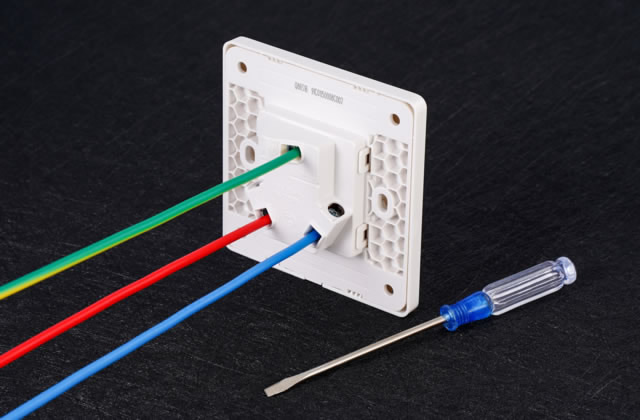
What kind of wire is good for home improvement
Which color is better for wires?The color of wires has different meanings. Blue wires represent zero wires, yellow, green, and red wires usually represent live wires, yellow-green dual color wires represent protective grounding wires, and black wires are mostly connecting wires inside electrical equipment boxes and cabinets. You can choose the corresponding color of wires according to your actual needs.
Hard wire or soft wire is better
Hard wire or soft wire is better
Hard wire has advantages such as strong tensile resistance, less susceptibility to mold breakage, and strong resistance to surge current, making it suitable for household use with circuit voltages often exceeding 35KV. Flexible cords have advantages such as good flexibility, good heat dissipation, and good resistance to breaking, making them suitable for household use with voltages of 35kV and below.
Ordinary wires or flame-retardant wires are better
Ordinary wires or flame-retardant wires are better
flame-retardant wires can maintain the integrity of the circuit and improve the safety of household electricity in the event of a fire. The price of flame-retardant wires is more expensive than ordinary wires. You can determine whether to install flame-retardant wires based on your own decoration budget and requirements
Cable and wire specification model selection
The specifications of wires and cables are generally distinguished based on the cross-sectional area of their conductors. The common specifications of wires and cables on the market are 1.5mm2 2.5 mm2, 4 mm2, 6mm2, etc. Generally speaking, the larger the size, the better the wire and cable The higher the carrying capacity, you can choose according to your actual needs when purchasing. For example, lighting fixtures and ground wires can use 1.5mm2 wires, while high-power electrical appliances such as refrigerators and air conditioners are suitable for using more than 4 square meters of wires, and it is best to use 6mm2 wires for the main current main line entering the household.
How much is the wire per meter
The price of wire and cable is not fixed. Its price is affected by three factors: the cost of copper, the cost of outer material and the cost of labor. Generally speaking, the larger the wire and cable specification, the more expensive the price.
Wire and cable testing items and standards
Appearance: Whether the thickness, outer diameter, wire diameter, etc. meet the standard requirements.
Mechanical properties: whether the mechanical properties, hardness, tensile properties, tear properties, compression properties, bending properties, impact properties, friction properties, fatigue resistance, etc. of the insulation and sheath meet the standard requirements.
Combustion performance: vertical burning (or dripping) of a single cable, vertical burning of bundled cables, smoke density, smoke toxicity, total amount of halogen acid gas, gas acidity, fire-resistant combustion, halogen-free characteristics, low-smoke characteristics, flame retardant performance Wait for the standard to be met.
Electrical properties: Whether the conductor resistance, insulation resistance, withstand voltage, power frequency voltage test, resistivity, dielectric constant, etc. meet the standard requirements.
Life test: Whether the aging test (ultraviolet, xenon lamp, carbon arc lamp, ozone), life evaluation, etc. meet the standard requirements.
Home Improvement Wire Selection Skills
Cable and wire specification model selection
The specifications of wires and cables are generally distinguished based on the cross-sectional area of their conductors. The common specifications of wires and cables on the market are 1.5mm2 2.5 mm2, 4 mm2, 6mm2, etc. Generally speaking, the larger the size, the better the wire and cable The higher the carrying capacity, you can choose according to your actual needs when purchasing. For example, lighting fixtures and ground wires can use 1.5mm2 wires, while high-power electrical appliances such as refrigerators and air conditioners are suitable for using more than 4 square meters of wires, and it is best to use 6mm2 wires for the main current main line entering the household.
How much is the wire per meter
The price of wire and cable is not fixed. Its price is affected by three factors: the cost of copper, the cost of outer material and the cost of labor. Generally speaking, the larger the wire and cable specification, the more expensive the price.
Wire and cable testing items and standards
Appearance: Whether the thickness, outer diameter, wire diameter, etc. meet the standard requirements.
Mechanical properties: whether the mechanical properties, hardness, tensile properties, tear properties, compression properties, bending properties, impact properties, friction properties, fatigue resistance, etc. of the insulation and sheath meet the standard requirements.
Combustion performance: vertical burning (or dripping) of a single cable, vertical burning of bundled cables, smoke density, smoke toxicity, total amount of halogen acid gas, gas acidity, fire-resistant combustion, halogen-free characteristics, low-smoke characteristics, flame retardant performance Wait for the standard to be met.
Electrical properties: Whether the conductor resistance, insulation resistance, withstand voltage, power frequency voltage test, resistivity, dielectric constant, etc. meet the standard requirements.
Life test: Whether the aging test (ultraviolet, xenon lamp, carbon arc lamp, ozone), life evaluation, etc. meet the standard requirements.
Home Improvement Wire Selection Skills
When choosing home wiring, it is important to check if there is a quality system certification; Check if the certificate of conformity is standardized; Check if there is a factory name, address, inspection seal, and production date; Check if there are trademarks, specifications, voltage, etc. printed on the wires. It also depends on the cross-sectional area of the copper core of the wire. The top grade product is red copper, with a bright and soft color, otherwise it will be a defective product

